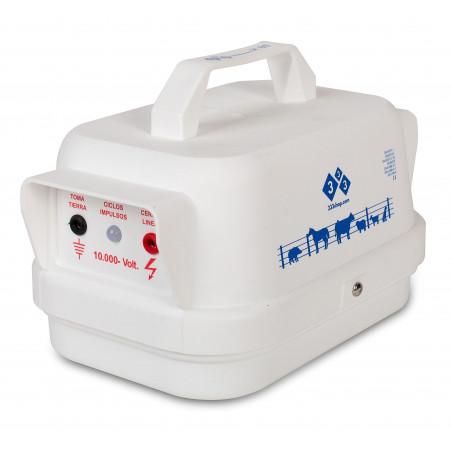Since African Swine Fever (ASF) was detected in the Dominican Republic in July 2021, it has negatively impacted the country’s swine industry. Assessing the epidemiological situation is crucial to helping local authorities and industry stakeholders control the disease.
Methods: Data on 155 reported outbreaks in the Dominican Republic from November 2022 to June 2023 were evaluated. Descriptive spatiotemporal analysis was performed to characterize disease distribution and spread, and between-herd R0 was calculated for the study period. The Knox test and a space–time permutation model were used to evaluate clustering. Data on clinical presentation, biosecurity measures, and suspected reasons for introduction were categorized and summarized.

Results: The majority (78%) of outbreaks occurred on backyard farms which generally had low biosecurity. Across farm types, the majority of pigs were still alive at the time of depopulation. Spatiotemporal findings and R0 estimates suggest an endemic pattern of disease geographically located centrally within the country. Clustering was detected even at small temporal and spatial distances due to outbreaks amongst neighboring backyard farms.
Conclusion: These results provide critical information on the current state of the ASF epidemic in the Dominican Republic and will aid government officials and swine industry leaders in developing effective ASF control strategies.
Schambow RA, Hussain S, Antognoli MC, Kreindel S, Reyes R, Perez AM. Epidemiological Assessment of African Swine Fever Spread in the Dominican Republic. Pathogens. 2023; 12(12):1414. https://doi.org/10.3390/pathogens12121414






